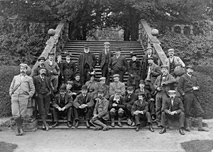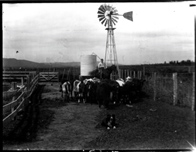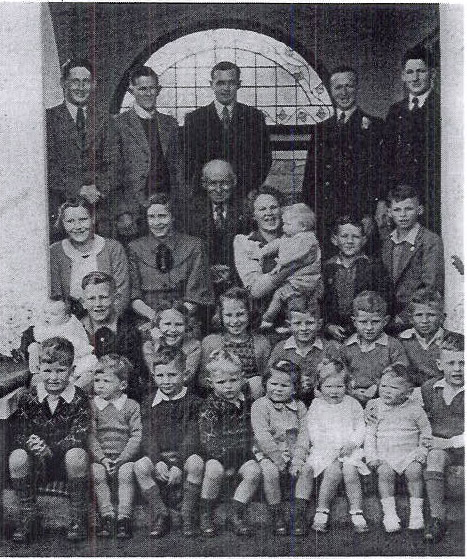Matangi
Matangi, a small village in a rural setting south east of Hamilton, is 4 kilometres west of the Te iti o Haua Marae at Tauwhare, and falls within the area home to the numerous Ngati Haua iwi that by the 1800s extended from between the Upper Waihou and the Waikato River, from Te Aroha to the Maungatautari ranges, and to the present site of Hamilton.
The land around Matangi at that time is shown on old maps as being largely swamp. The historic Potuwha Pa, 1.7 kms from the current Matangi village, is on what was a well used track used by the Ngati Haua to go to and from Tamahere to Tauwhare and on to Peria.
The natural vegetation of the area would have been mostly a mixed bush of totara, matai, rimu, kahikatea, titoki, tawa, and rewarewa.
Following the Land Wars and related confiscations the area was farmed by European settlers and has a dairy legacy dating back to the 1880s.
In 1884, a rail station opened called Tamahere renamed Matangi in 1906 following a petition from locals.
A creamery opened in 1885, then cheese factories and, in 1917, they amalgamated to form the New Zealand Dairy Association Group. Further amalgamation followed and in 1919 the New Zealand Co-operative Dairy Company Ltd opened its new dairy factory at Matangi to produce dried milk for Glaxo. At the time it was the largest in the world, able to deal with 25,000 imp gal (110,000 l) a day. The factory was the third Glaxo site in New Zealand and the first New Zealand Co-operative Dairy Factory, a major forerunner of Fonterra.
The factory was an early customer of the Central Waikato Electric Power Board in 1921, when 12 local households were also connected.
From 1919 until its closure in 1987, the Matangi dairy factory produced milk powder, condensed milk and cheese.
In 1902, the first Matangi post office opened and in 1906, a telegram service was added, the school started in the Matangi Hall, opened 1904, in 1910, bulk stores, marshalling yards and other community facilities followed.
Current historical features of the village include the residences built for the factory managers on Matangi Road, known as ‘The 7 Sisters’. The distinctive design of the 7 Sisters and the “Glaxo” Factory were the work of architect Frederick Daniell and are identified as important heritage buildings. The houses are still residences and while the factory no longer operates as a dairy factory the site is home to a large number of small businesses and ongoing development.
St David’s Church, Matangi Hall, Matangi school, the Matangi Recreational Reserve and the Jack Foster Reserve are valuable community assets for the area.
The village continues as the community centre for what is increasingly an area of lifestyle blocks as well as rural, horticultural and other commercial activities.



